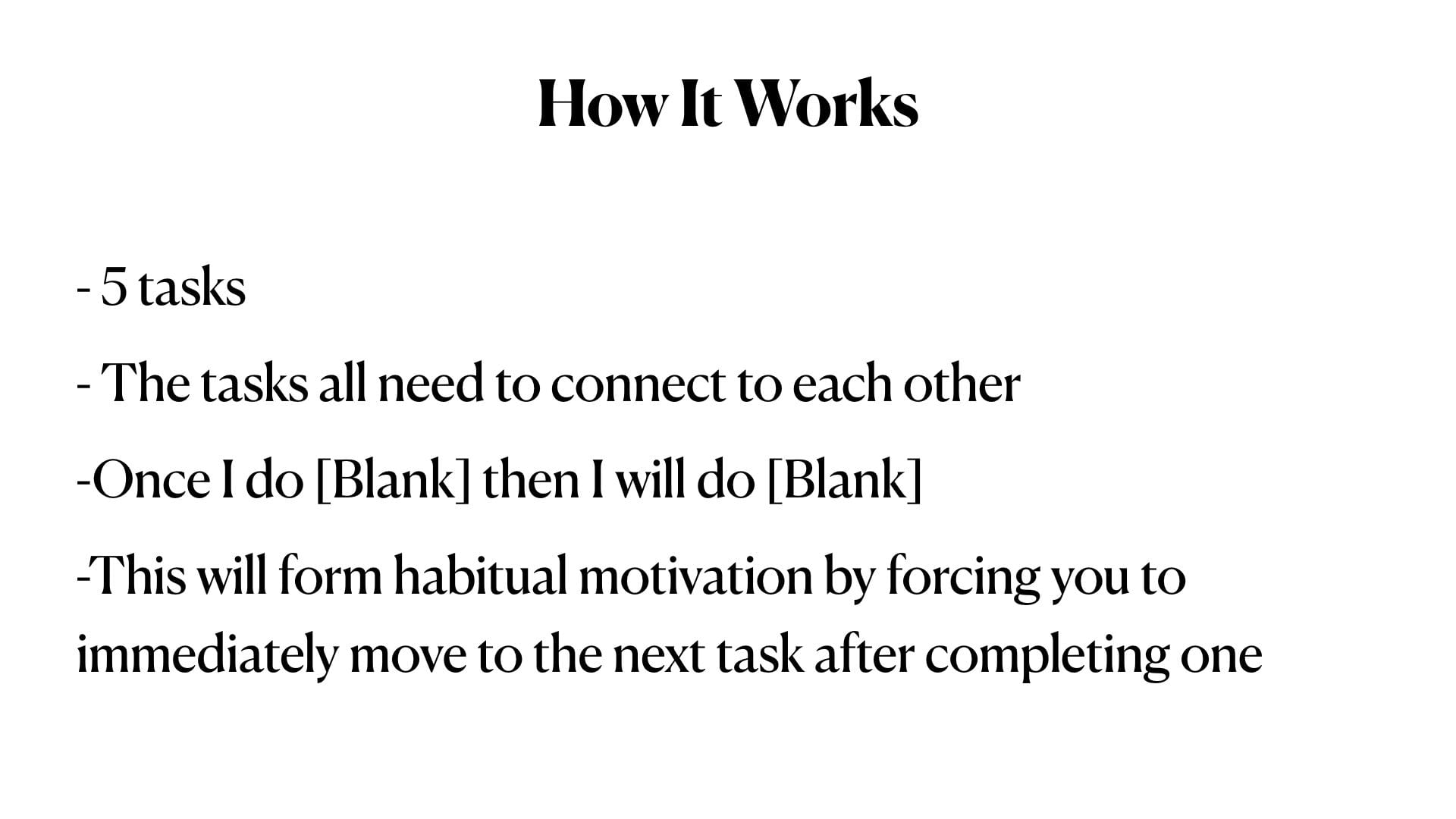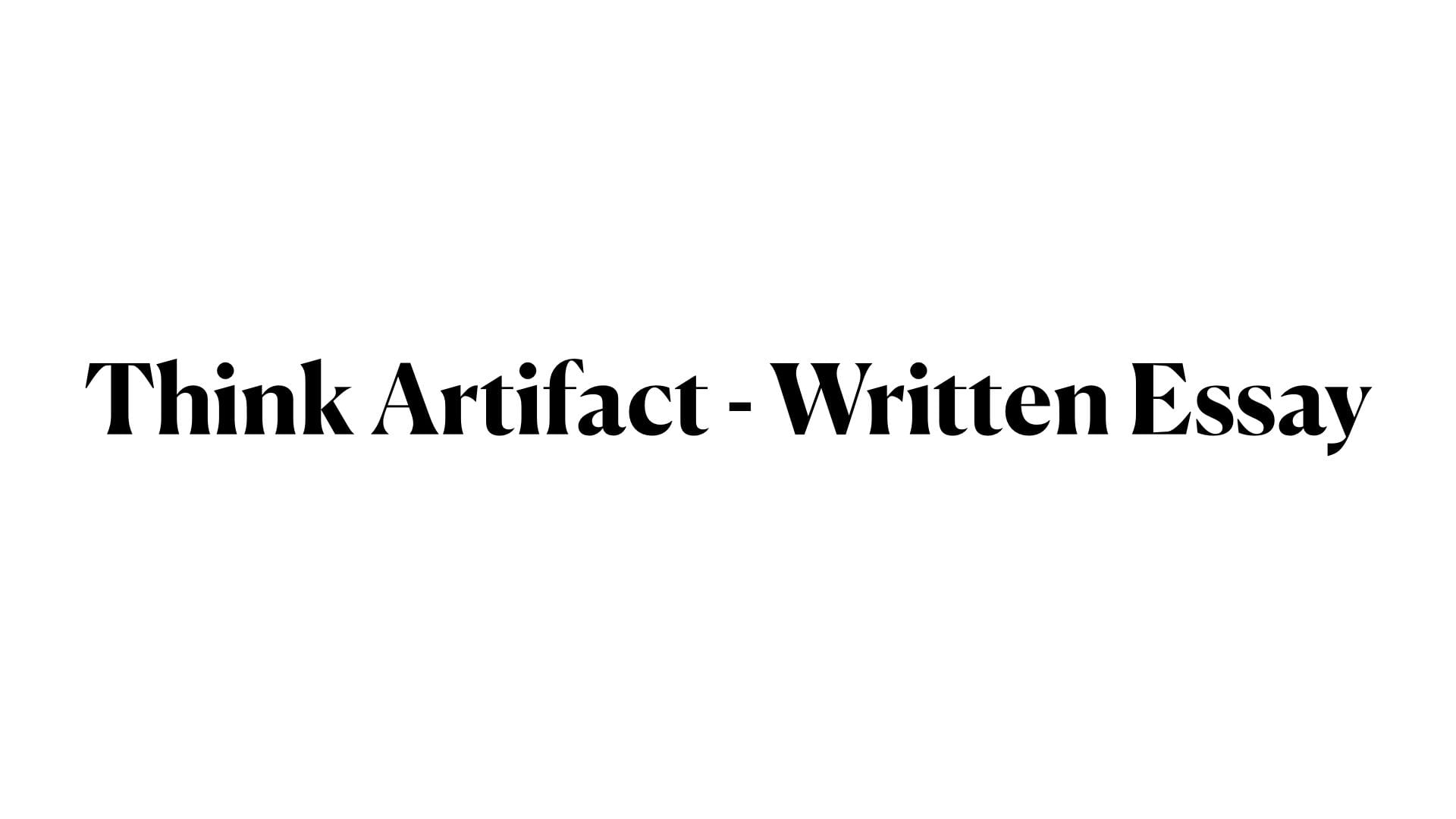Atomic Habits
For our final P.G.P. assignment of the year, we have been tasked with creating a final artifact of our learning. We have been focussing on the book Atomic Habits by James Clear since this past December, and I’ve written a couple posts on it already (which you can read here). For this artifact, we were given a tic tac toe board of tasks to do for the final project. We could create a line from left to right or diagonally, with one task from each of the three sections: Think, Act, and Reflect. Alternatively, we could choose any three, as long as we had a good reason to do so. My tic tac toe board that I decided on looked like this.
It was important to me to choose the options that I was the most passionate about, and also that would be useful to me right now and in the future. I’ve been using everything that I’ve learned and worked on from Atomic Habits, and I wanted to be able to set myself up with the tools I need to continue to utilize it.
Think
I chose to choose one of the four Atomic Laws that I was most passionate about. The four laws, Make it Obvious, Make it Attractive, Make it Easy, and Make it Satisfying, are rules that Clear has used to build up habits. I have focussed on the law of Making it Attractive. This is relevant to my life and productivity because I have had quite a struggle with motivation. This law targets in on motivation by finding ways in order to make a task appealing to do. This tends to be quite difficult for me, especially now that we are doing online school. I’ve had difficulty now that my learning is almost entirely in my hands. I’ve found ways, which I’ve detailed in this post. I have found a steady schedule of getting up before 10am every morning, and starting on my schoolwork as soon as I’m up. This has led me to be initially motivated to complete my work, but after finishing a task, I have a hard time focussing again. This is the problem that I aimed to solve when creating my artifact.
Act
My artifact was designed to keep me motivated and on task while transitioning between assignments. When I have a simple to-do list, I often find myself completing one task and feeling satisfied enough to take a break to distract myself. However, I then have a hard time getting back on task. I try my best to time block so that this doesn’t happen, but I often misjudge how long tasks will take, which throws me off as well. I needed to create a tool that could both keep me motivated and hold me accountable.
My tool is called the 5 Step Task Manager. This tool is a cylinder that rotates, showing one task at a time. Once I complete a task, I just need to rotate the side to the next task! I designed little paper slips to write down my tasks for the day and then to attach to the task manager. The tool utilizes bright colours, the satisfaction of clicking the dial to the next task, and a short list of only 5 tasks, to keep me motivated and engaged. I chose to base it around 5 tasks because I’ve found that I almost always have 5 school assignments to do each day. I can find motivation through this tool because I am directly moving on to the next task in the same movement as I am marking the current one as complete! I first brainstormed this idea by trying to target what exactly was stopping my motivation. When I realized it was the action of actively starting a new task, the idea for my task manager came instantly.
I first created a prototype in this keynote (which also includes an essay but I decided it was too far from the main point of my artifact to keep). Then, I started to build my artifact. After I finished making it, I tested it during my week! I found that it did exactly what it needed to do. I was motivated to finish all of my tasks each day instead of just the first one on my list.
Reflect
Overall, James Clear’s Atomic Habits has been one of the most valuable books I’ve ever read. I want to be sure that I can keep using his lessons and tips to my advantage as I end this school year, so I’ve created a plan for how to form strong habits over the summer. I have some coursework to do this summer for my French online and SAT test prep courses, so I’ve set in place a weekly schedule for working on both of them. Using the advice from an article of Clear’s called the Beginners Guide to Deliberate Practise, I’ve formed some ways that I can create habits to actively learn. Clear mentions the difference between deliberate practise that is growing your learning and actively working towards, and mindless practise, that gets too into the habit of practising and doesn’t promote learning. The way that I have planned to make sure I am practicing deliberately is that instead of setting a firm schedule of the times and days that I will practise my work, I have instead given my self one week at a time. Within each week, I have to spend at least 2 hours on SAT prep, and 3 on French online. This gives me the freedom to do my work when I am energized and motivated to complete it, instead of mindlessly doing it because I have to. Every three weeks I will take some time to analyze what parts of my system are working well, and which could be improved, whether that’s to focus down on specific days or find new ways to motivate myself.
Overall, Atomic Habits has been a powerful factor in my learning this year. It’s not a book I would have picked up on my own accord, so I’m quite glad I was required to. This book has changed my outlook on productivity. It’s especially unique to other self-help books I’ve skimmed in that it’s written in a very personal way. Clear’s writing is so relatable to a wide range of audiences so that it doesn’t feel as if he’s convincing them that in order to succeed they need to give up all enjoyable aspects of their life. Atomic Habits is a book that I know I will value for many years to come.
















